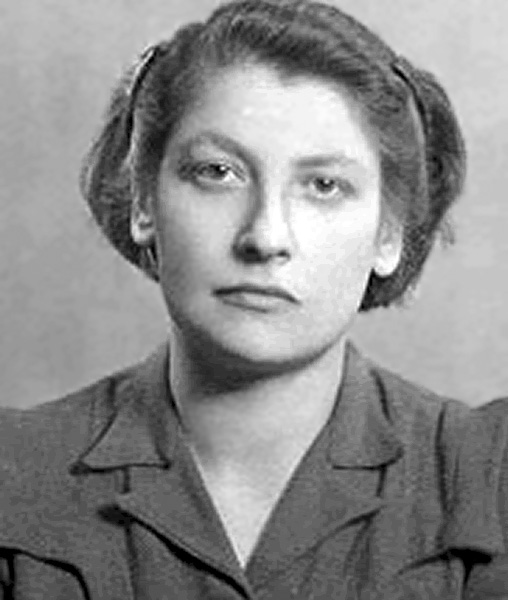Whilst ghettoisation of the Jews took place under the occupation, Cywia continued working to organise the Jewish youth. She prepared kibbutz in the Warsaw districts of Grochów and Czerniaków, and was one of the founders of the Anti-Fascist Bloc in the Warsaw Ghetto. The bloc’s task was to teach self-defense, create “fortitude”, and prepare the young people for “hard times”.
During the occupation, she remained active in the education sector. She established underground seminars, whose lecturers included, for example, Janusz Korczak and Stefania Wilczyńska (the founders of the House for Orphans, a Warsaw orphanage for Jewish children that was active between 1912 and 1942). Students came to the seminar classes from various parts of occupied Poland.
When the “Great Action” (the extermination action carried out by the German occupiers in the Warsaw Ghetto), began on 22 July 1942, Cywia was among the founders of the Jewish Combat Organisation, but was not part of the command herself. At the time, she was a member of the Jewish National Committee – a secret coalition of Jewish organisations and parties that was supposed to represent the unified voice of the community in Poland.
January 1943 saw the so-called “January Action”, during which the first armed resistance of Jews in occupied Europe took place. Surprising the German forces, the resistance caused them to withdraw from the ghetto, stopping the extermination action.
In April 1943, an uprising in the Warsaw Ghetto took place, which was echoed in other ghettos around occupied Poland. Cywia took part in the uprising, although she did not fight with a weapon in her hand. There were too few of those, and Cywia focused on providing medical or psychological assistance to the ghetto’s residents. A few days before the fall of the uprising, Cywia and a few other Jews managed to break out of the ghetto through the sewers and into the suburban town of Łomianki. Cywia recalled this moment as follows:
Everything seemed unusual to us, made us dizzy. All around us was a green forest, a beautiful spring day. It had been a long time since we had smelled the forest, spring and sunshine (…) I burst out crying. Many times in the ghetto it was so difficult for me (…) but there it was forbidden to cry. Now I could allow myself to do so.
Cywia returned to Warsaw. She took part in the Warsaw Uprising in 1944, and after its surrender hid under a false name until the Red Army entered Grodzisk Mazowiecki, located near to Warsaw. The joy of freedom did not last long, and Cywia, along with other survivors, began work supporting the surviving Jews.
In 1946, she left for Palestine, where she was greeted as a hero. After Israel proclaimed independence, she established a kibbutz there – Lochame-ha-Geta’ot (Ghetto Fighters), where she died in 1978.
